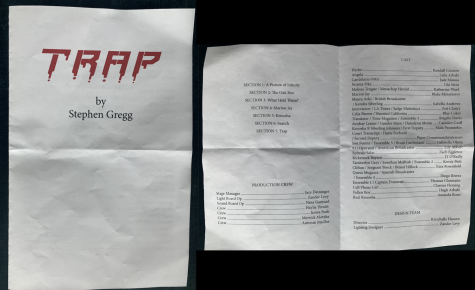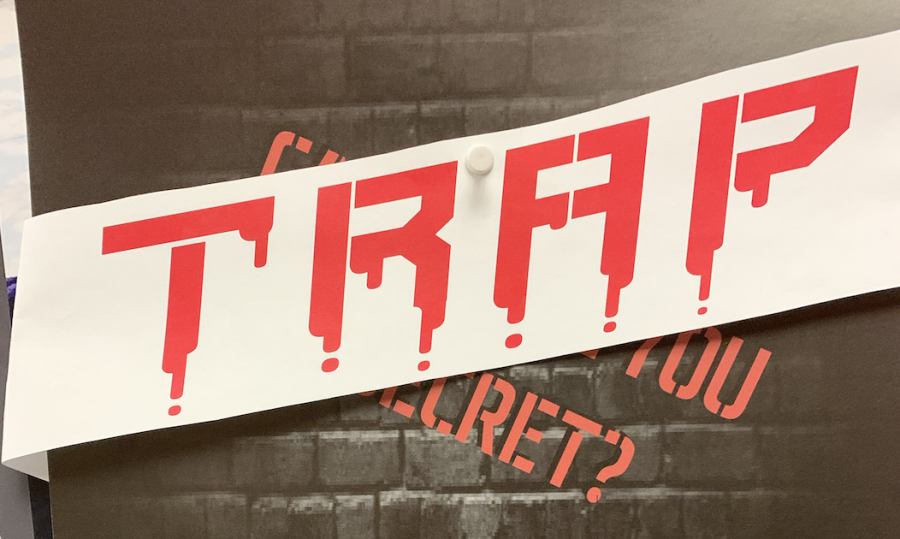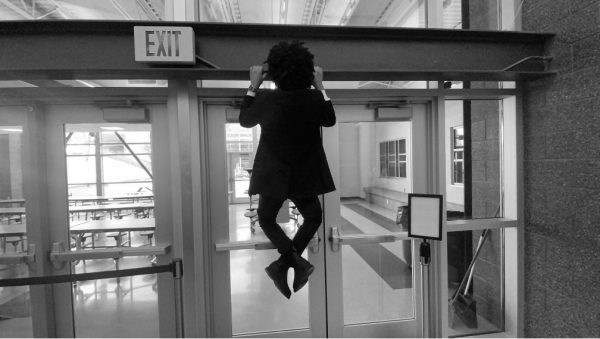“Trap” Review: Blending Fear and Theater
PCHS theater performed “Trap” for their spring play this year. Aside from the fact that it was a horror/mystery, I knew very little about the premise before I attended the performance. Going in blind, I was entirely shocked by the narrative twists and turns, and genuinely unnerved by the pervasive horror elements.
The play is primarily told in a faux-documentary style. Some actors play specific characters, while others voice newspapers or court proceedings. This setup takes a moment to acclimate to, but it adds to the uncertain nature of the play. Once the audience understands the key premise, they start learning more about the narrative.
The story centers around a fictional high school theater performance in a small California town. However, in the middle of that performance, every single person fell unconscious except for one girl. Law enforcement officers struggle to understand what happened: why are they all unconscious? Why didn’t anyone in the audience run when they realized they were in danger? Why is this one girl awake?
The first part of the play focuses on trying to answer these questions. Several supernatural ideas are introduced, some mainstream and some original. Throughout, the play keeps dwelling on the concept of fear. All the characters are on edge, trying to save the sleeping people before they die, or traumatized by what they’ve seen.
The story is a collage of dozens of characters in different timelines. The audience has to pay careful attention to keep up, especially since it’s not always clear which components will become crucial later in the denouement.
But the faux-documentary style makes it easier to deliver exposition, and strong performances from the actors keep your attention. Whether menacing or traumatized, confused or angry, terrified or sweet, they make it easy to follow along with the emotional beats.
The final effect is certainly unsettling, especially coupled with a minimal set and dramatic lighting. Keen-eyed audience members might be able to pinpoint exactly what is off early into the runtime, but the play keeps its cards close to the vest.

As the show reaches its conclusion, it ramps up the eeriness in increasingly unexpected ways. The fictional play at the center of the narrative starts to blur together with the real play the audience is attending.
The central idea of fear is melded with growing uncertainty about what is real. As Rickenock Baynor says, a minor character played by junior JT O’Reilly, “Fear isn’t rational. Scary movies make us wince even though we know nothing can jump out of the screen and hurt us.”
The play continues into more and more unsettling and intentionally bewildering areas. It becomes clearer to the audience that this play is more than a simple on-stage performance. Not only is the audience pulled directly into the narrative, but every seemingly random part of the experience comes into clearer focus. Everything from the printed program to technical difficulties to the advertising posters hung around the school grow to have double-meanings.
I was not expecting to be actually unnerved by the play. After all, plays are, by definition, artificial. But what this performance did effectively blurred the line between reality and fiction. And more importantly, showed that fear can bridge that gap.







